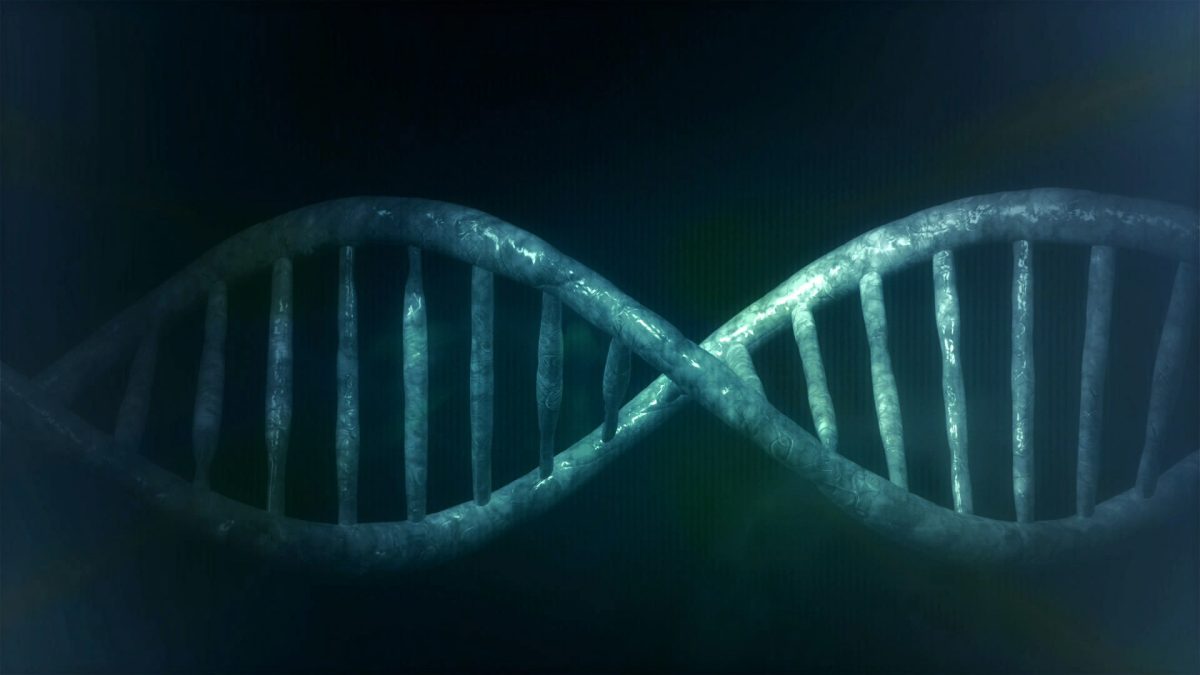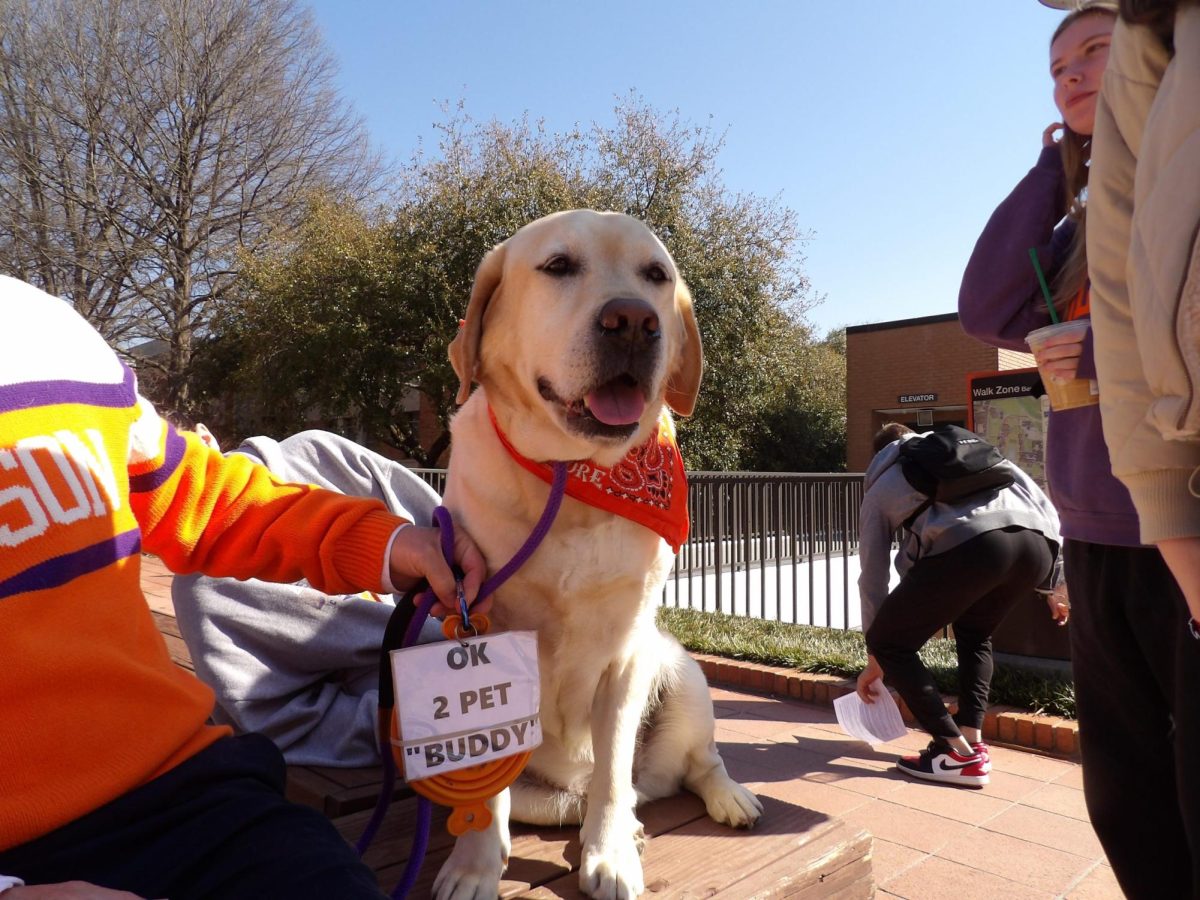Down syndrome, Sickle cell anemia, Huntington’s, Duchenne’s muscular dystrophy — these are all inherited illnesses that are hardwired in the genetic code.
In general, it is thought that they cannot be corrected once a child is conceived. That is, until scientists recently edited a gene in human embryos for the first time using some elements from the CRISPR-Cas9 gene-editing tool. As reported in Nature, this cutting-edge feat prevented the possible onset of a congenital blood disease.
Genes are DNA which code for traits that may influence predisposition to diseases. The genetic code consists of 4 chemicals known as nucleobases: adenine, guanine, cytosine, and thymine. Adenine must pair with thymine and cytosine must pair up with guanine to make up the 2 strands of DNA. These nucleobases are strung together as DNA sequences that make up genes.
However, the genetic code is not without its flaws. Mutations spontaneously alter the nucleobases’ order in the DNA sequence; changing even one base in a sequence can lead to mis-production of the normal protein and subsequently cause occurrence of disease.
Dr. David Liu’s team successfully fixed a defect in the gene that influences beta thalassemia onset in human embryos.
Beta thalassemia is a disease caused by lowered hemoglobin levels in red blood cells that hinders oxygen delivery to tissues.
Using a technique known as base editing, Dr. Liu’s group directly changed the chemistry of a single nucleobase that led to the gene’s defect.
This method borrows elements from the already-established CRISPR-Cas9 system, it has noticeable differences. CRISPR-Cas9 is a two-part system that uses a Cas9 enzyme, which cuts DNA at certain sites, and a guide RNA that directs Cas9 to the site with the erroneous base.
By forcing the cell to insert the correct nucleobase into the site and sealing the cut, CRISPR-Cas9 cleverly uses the cell machinery to fix incorrect nucleobases in a sequence.
Dr. Liu’s base editing technique, on the other hand, does not require cutting of the DNA and instead alters a nucleobase’s identity to correct the sequence’s defects.
Using this method, Dr. Liu’s group corrected a defect in the gene that influenced beta thalassemia. While the experiment was not successful in each trial, there are high hopes for the future of gene therapy.
However, the work also raises a series of ethical questions (Can we? Should we?) — many without easy answers.








